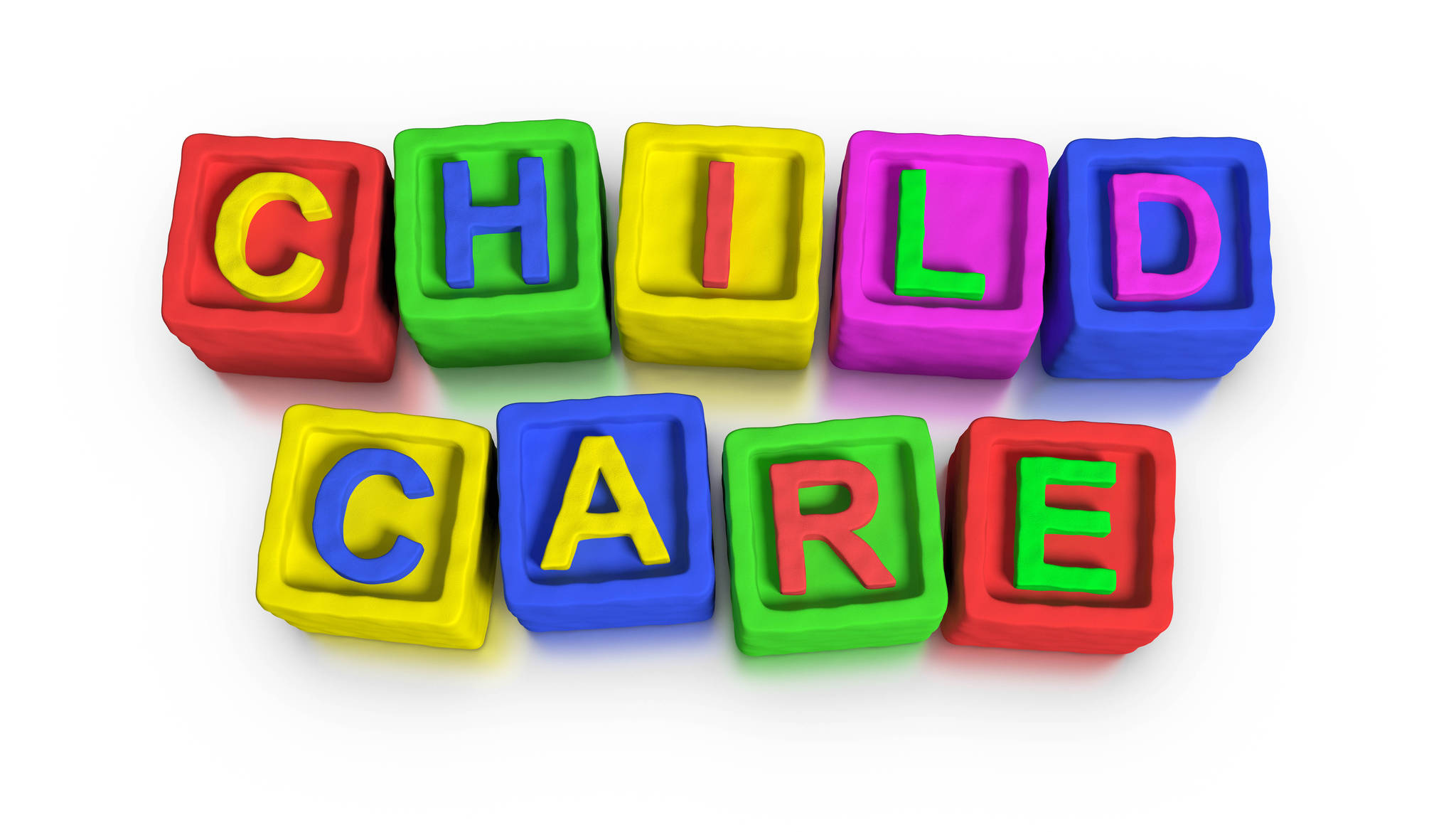Access to child care is an issue that extends beyond the county lines.
For islanders like Orcas resident Megan Neal, getting into and paying for child care is a struggle.
“All of the preschools have waiting lists, and I had to be placed on a waiting list with both of my children at two of the schools on Orcas,” Neal said. “I was offered a job, but could not start working until a school had a spot for my youngest child. Not only is it hard to find a spot in the preschool, but it is also hard to afford.”
According to nonprofit Child Care Aware, Washington is within the top 10 least affordable states for center-based, all-ages child care in the nation. Across the country, child care is the highest budget item for families each month.
“Our family does not qualify for financial assistance, and we have two preschool-aged children, so our child care bill is by far our biggest monthly expense,” Neal said. “Basically my entire paycheck every month goes to child care.”
In San Juan County, the median projected household income in 2017 was $61,185, and child care for a single infant averaged approximately $1,387 a month.
“Most of our families qualify for some form of financial assistance. For those that don’t, we can utilize [early childhood early intervention] funds for preschool aged children and use United Way scholarship funds for other families in need,” said Amber Paulsen, director of Kaleidoscope Preschool on Orcas. “We also have private donors we can call on in specific situations. Thankfully, we live in a supportive community but unfortunately, there is always more need than resources.”
Approximately 80 percent of the children in Kaleidoscope’s care are there with the help of a subsidy.
Hiring qualified staff in the San Juan Islands is difficult as well, according to Orcas Island Children’s House Executive Director Ady Walker. Qualified child care providers in San Juan County dropped by 7 percent between 2013 and 2018. However, 100 percent of child care providers in the islands participate in Early Achievers, a quality-rating and improvement system for child care programs.
“Our toddler teacher position has been posted and advertised for over two months,” Walker said. “I think the early-learning workforce across the state is struggling, but on Orcas we have the added pressure of a high cost of living and few options for affordable housing.”
The Children’s House currently has a waiting list for its youngest clients, and Kaleidoscope has had to turn infants away due to only having three available spaces.
Paulsen added that the “waddler” room at Kaleidoscope will also be closed in the fall because of a lack of staffing. However, Walker said that the Children’s House will be relicensing and opening its infant room later this year, which she hopes will ease some pressure on Orcas families.
“I have been impressed with the child care and early-learning opportunities on such a small island. Although expensive, the quality helps to justify the cost,” Neal said, adding that her children, ages 3 and 4, both attend the Children’s House. “Our kids are happy and well taken care of at their preschool. I enjoy the relationships I have formed with the teachers, parents and children at the school. The quality is outstanding and impressive.”
For more information on the state of child care and for referrals, visit https://usa.childcareaware.org.



